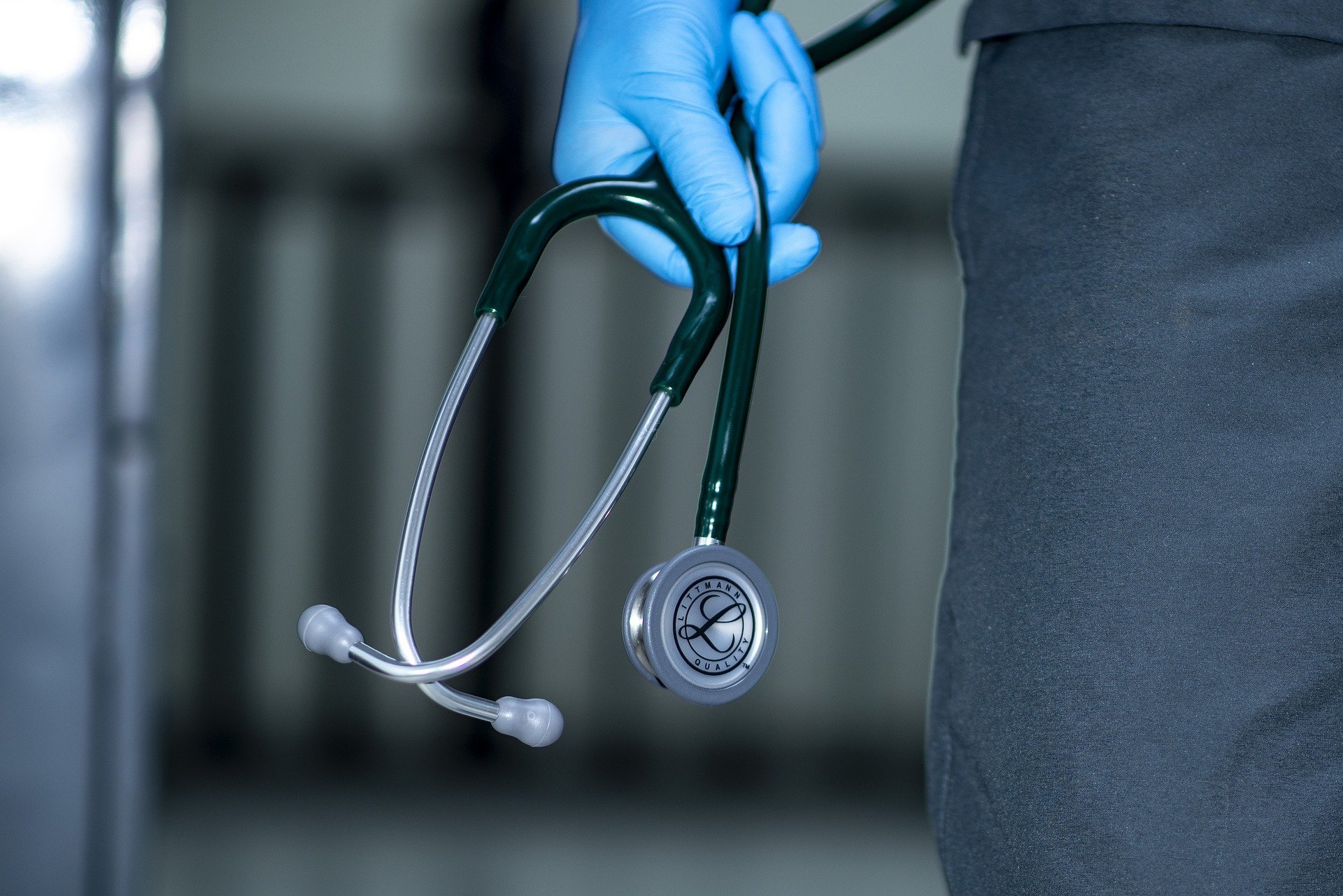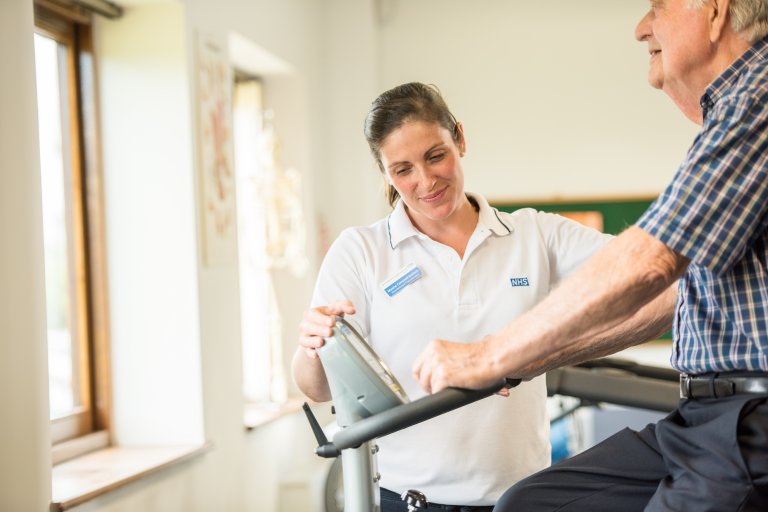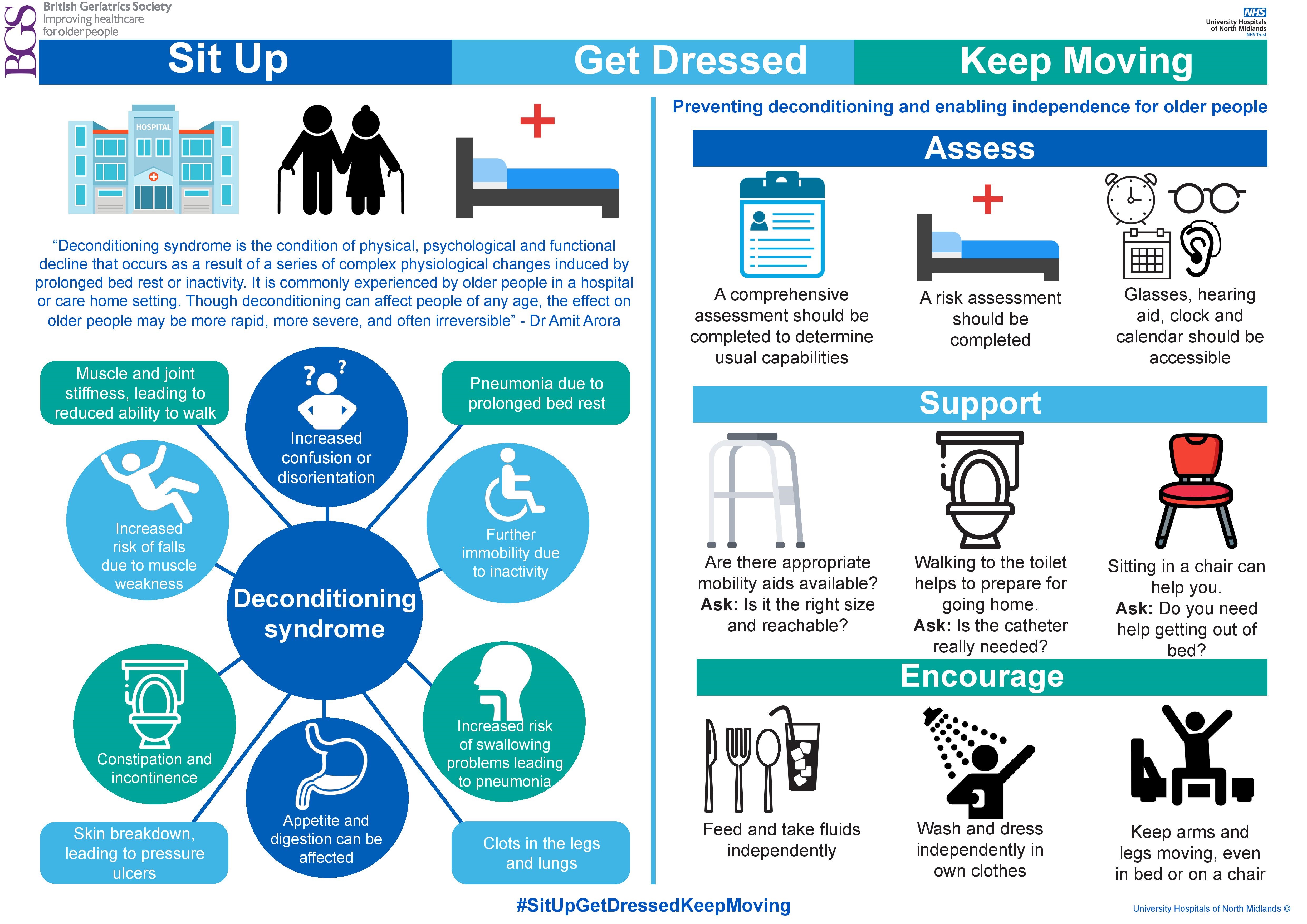Abdelmugeet Hassan MRCP, DGM, SCE (Geriatric Medicine) is a physician practicing at West Park Rehabilitation Hospital, The Royal Wolverhampton NHS Trust.
I was late as usual and rushing … I forgot my stethoscope. My roommate, a Cardiology clinical fellow, joked: “a Geriatrician doesn’t need a stethoscope - probably only to listen for AS in a frail older faller!”
I replied: “I want to check for the helicopter sign today. Do you know what a helicopter sign is?”
He was speechless, surprised and I left with a big smile.
I kept thinking throughout the day, wondering how many times I would use my stethoscope today. Do I rely more on my Geriatric scales or my stethoscope? In Geriatrics we look at our patients holistically and functional assessment is paramount. I love scales, numbers and maths, and one of the things that made me choose Geriatric Medicine is the presence of lots of scales. I am always trying to memorise them and often use them on my small cell phone. Cognitive assessment scales, GCS, Frailty scale, AMT, 4 AT, NIHSS etc. My personal feeling is that they are more important than the stethoscope.
Of course, the stethoscope, like the white coat, is linked with our identity and has been a symbol of our medical frame for a long time. In the current pandemic era, things have changed a lot. COVID-19 has impacted everything, including how we work and dress. Uniforms and sterile stethoscopes are now part of the infectious disease guidelines and dress code.
Now I am trying to remember how many times I have used my stethoscope. Probably for every patient I have seen. It is part of our weaponry against negligence and malpractice. My rehabilitation patients are usually admitted with falls, fractured neck of femurs, reduced mobility or post step-down from ICU, sepsis or just generally unwell. I have discovered the following uses of the stethoscope in the rehabilitation ward. First, it helps to tell my delirious patient that I am from a medical field and probably helps the patient realise they are in hospital (reorientation), which is a strong tool in delirium management. Then, we can approach the routine of assessing breath sounds, heart sounds, bowel sounds and murmurs.
Back to the helicopter sign - an 86 year old gentleman was admitted following recurrent falls. One of the challenges in Geriatric medicine is that everything is atypical. We don’t expect the full house of signs to diagnose a condition and often the physical, mental and social factors create the problem list and formulate the management plan. For this gentleman, the description from our physiotherapist in the MDT gave a hint that this patient could be struggling from a condition known as orthostatic tremor.
Orthostatic tremor is characterized by unsteadiness when standing that is relieved when sitting or walking; it is confirmed on neurophysiological recording by the presence of a fast tremor of 13–18 Hz in the legs, trunk, and, sometimes, the arms, which is coherent in all muscles studied (1). Auscultation using a stethoscope of the gastrocnemius muscle characteristically reveals a barely audible noise akin to the sound of distant rotor blades of a helicopter (the helicopter sign) (2). It is often misdiagnosed as essential tremor, Parkinson’s disease, restless leg syndrome, lumbar stenosis, and especially non-organic (psychogenic/functional) balance disorders (3). Clonazepam is probably the first-line medication in the treatment of primary and secondary OT (4).
Back in the evening and over a cup of coffee with my Cardiology roommate reflecting on our day, I was taking the lead with the academic arguments. I convinced him that rehab Geriatrician doctors need stethoscopes for more than AS.
References:
(1) Deuschl G, Bain P, Brin M. Consensus statement of the Movement Disorder Society on Tremor. Ad Hoc Scientific Committee . Mov Disord 1998; 13(Suppl. 3):2–23. doi: 10.1002/mds.870131303.
(2) Brown P. New clinical sign for orthostatic tremor. Lancet 1995; 346:306–307. doi:10.1016/S0140-6736(95)92190-7.
(3) Gerschlager W, Munchau A, Katzenschlager R, et al. Natural history and syndromic associations of orthostatic tremor: a review of 41 patients. Mov Disord 2004;19:788–795. doi: 10.1002/mds.20132.
(4) Jones L, Bain PG. Orthostatic tremor. Pract Neurol 2011;11:240–243, doi: 10.1136/practneurol-2011-000022.


